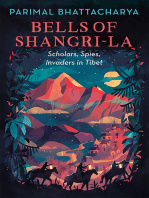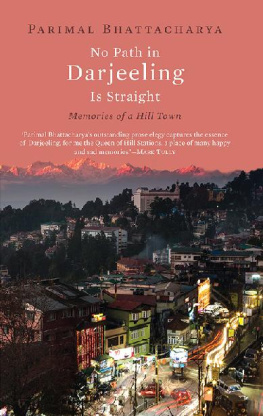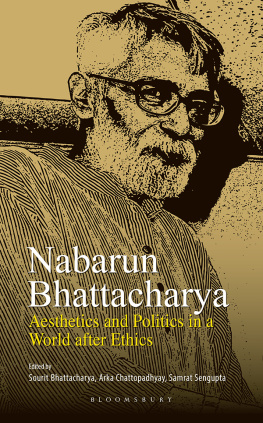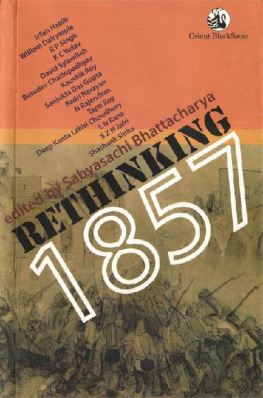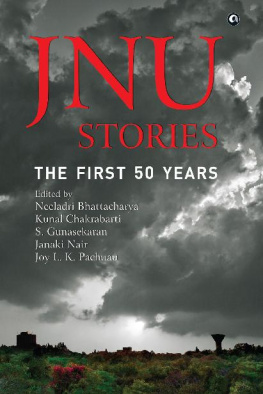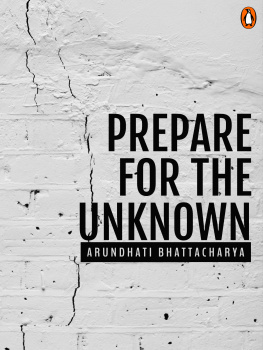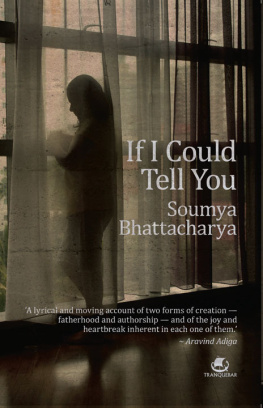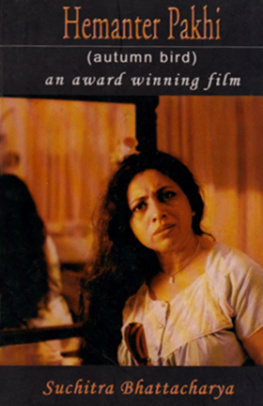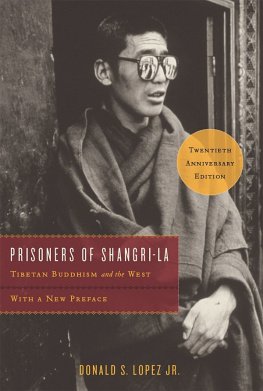Parimal Bhattacharya - Bells of Shangri-La: Scholars, Spies, Invaders in Tibet
Here you can read online Parimal Bhattacharya - Bells of Shangri-La: Scholars, Spies, Invaders in Tibet full text of the book (entire story) in english for free. Download pdf and epub, get meaning, cover and reviews about this ebook. year: 2019, genre: Detective and thriller. Description of the work, (preface) as well as reviews are available. Best literature library LitArk.com created for fans of good reading and offers a wide selection of genres:
Romance novel
Science fiction
Adventure
Detective
Science
History
Home and family
Prose
Art
Politics
Computer
Non-fiction
Religion
Business
Children
Humor
Choose a favorite category and find really read worthwhile books. Enjoy immersion in the world of imagination, feel the emotions of the characters or learn something new for yourself, make an fascinating discovery.
- Book:Bells of Shangri-La: Scholars, Spies, Invaders in Tibet
- Author:
- Genre:
- Year:2019
- Rating:5 / 5
- Favourites:Add to favourites
- Your mark:
- 100
- 1
- 2
- 3
- 4
- 5
Bells of Shangri-La: Scholars, Spies, Invaders in Tibet: summary, description and annotation
We offer to read an annotation, description, summary or preface (depends on what the author of the book "Bells of Shangri-La: Scholars, Spies, Invaders in Tibet" wrote himself). If you haven't found the necessary information about the book — write in the comments, we will try to find it.
Bells of Shangri-La: Scholars, Spies, Invaders in Tibet — read online for free the complete book (whole text) full work
Below is the text of the book, divided by pages. System saving the place of the last page read, allows you to conveniently read the book "Bells of Shangri-La: Scholars, Spies, Invaders in Tibet" online for free, without having to search again every time where you left off. Put a bookmark, and you can go to the page where you finished reading at any time.
Font size:
Interval:
Bookmark:
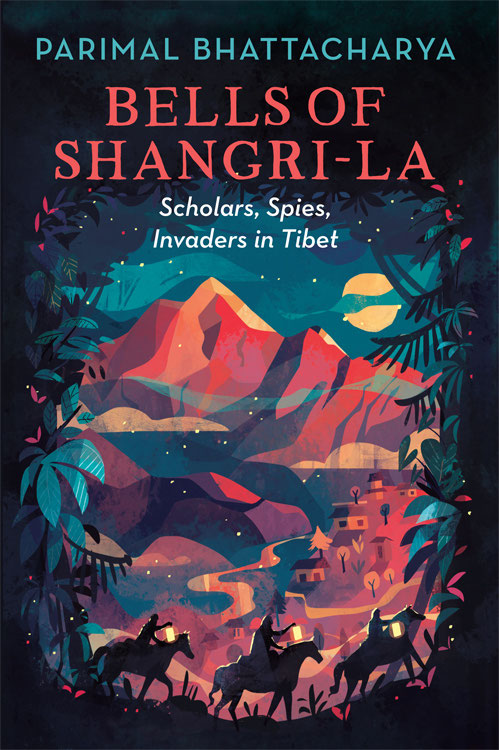
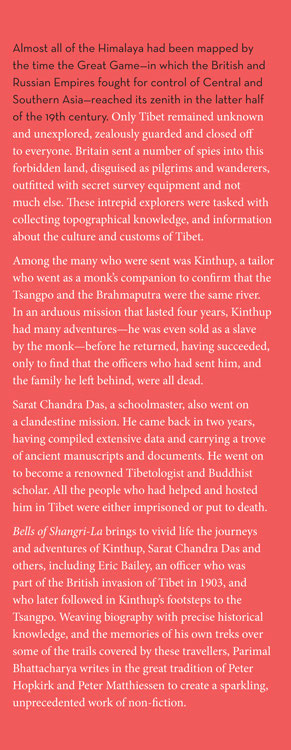
BELLS OF SHANGRI-LA
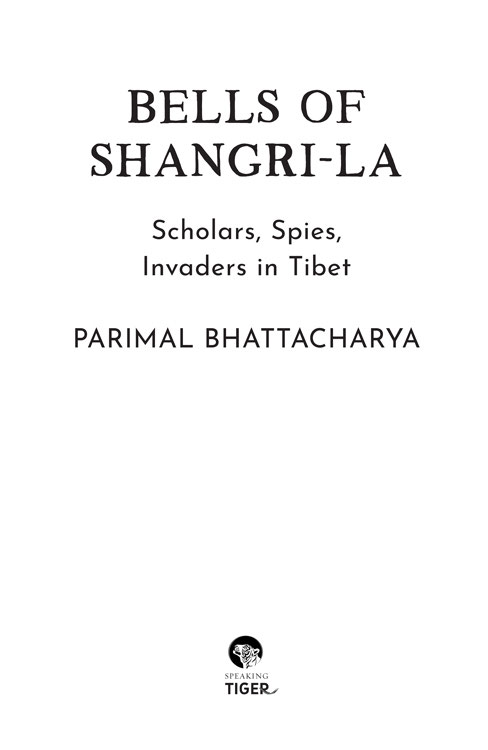
It is so hard to tell where the real ends and the dreams begin.
Lila Majumdar,
The Yellow Birds Feather
It was this question that we were resolved to answer. We would, if possible, go right through the gorge, and tear this last secret from its heart.
Frank Kingdon Ward,
The Riddle of the Tsangpo Gorges
From Scandal Point, where a maharaja is said to have eloped with a viceroys daughteror was it his wife?keeping the Ridge on the left, one could walk down the Mall Road and pass Ta-Tung & Co., Kumar, Rama and Company, Ramchand Bishandas, Shyamlal & Sons, Gaindamal Hemrajthe row of once-famous shops where the aura of a lost time still lingers. From the second half of the 19th century until Independence, Shimla, then Simla, was the summer capital of British India. Top officers and their families promenaded on this stretch of road, these shops decked up with fancy merchandise to charm them. From the choicest silk to premium wines, from perfumes to musical instruments, all accessories of fine living were to be found here. There were watchmakers, gun-sellers, shoe-makers, photography studios, barbershops, haberdashers, piano-tuners and saddlersmost of these establishments were run by Europeans. There was also a large pavilion where every year, at the onset of summer, carpet-sellers from Lahore set up stalls. Silk-weavers from the Kangra Valley arrived with mule caravans and remained until Diwali, when the last narrow-gauge railway trains filled with sahib-mems left the hill station.
Gone are those days. After Partition, the men from Lahore have stopped coming, the perfumeries and haberdashers have folded up, the piano-tuners and saddlers have lost their calling. The Chinese shoe-makers have stayed back, but many Muslim-owned shops have changed hands. Some have changed identity but not the name; the old signboards have remained but the wares have changed. Some have resisted change. They cling on like the leathery old men around town who lounge on concrete benches at the Ridge, walking sticks resting between the knees, their cold, rheumy eyes turned to the tides of time. In the last two decades, this famous roads grey colonial heritage has been gilded with the shine of a new economy. Barista, Adidas, Benetton, Dominos and others have cast their familiar glow-signs to trap the shoals of tourists that pass by. They come from all corners of the country. As they tramp up from the taxi-stand below and walk down this street, a perceptible spring sets into their gait. Is it because their legs hit a stretch of level ground after the tiring climb? Or is it because of a euphoria that goes off in the subconscious mind as one enters a once-forbidden zone? Natives werent allowed on Mall Road in the colonial era. At Scandal Point, under the slate-roofed traffic umbrella, a policeman with peaked red cap and white gloves stands like a ghost from those times.
And here, bedazzled by the shop windows, the logos of well-known brands and glossy mannequins, the eye can easily pass over the dull signboard of an antique bookstore. Its smoke-blue door, the old books on Tantra and Mughal miniatures displayed behind glass give the shop the appearance of a faded watercolour. As one pushes open the door, a bell tinkles overhead. The eye takes a few seconds to adjust to the dimness before it discerns mountains of books lining the walls, heaped on tables and most of the floor. A handsome old gentleman with a trimmed grey beard is seen at the far end of the room, hunched over a table under a lamp with a conical shade; he is peering through silver-rimmed glasses at a very old map. A grey cat occupies a corner of the table, its eyes closed, its back arched like a tea cosy under the warm light of the lamp.
The cat opens an eye at the bells chime, inspects the stranger cursorily, and turns its gaze to a yellow moth gyrating in the shaft of light. The man, presumably the owner of the shop, never looks up.
Situated on the busy Mall Road, the shop attracts curious onlookers; very few of them turn out to be customers. Most slip out after a quick glance at the pile of dusty old books, some browse for a while; still others, who come here after reading about this establishment in guide books, enquire the price of a rare first edition. How much of this bookstores fame rests on its rare collection, and how much on the fancy price tags, is a matter of conjecture; but its clientele are mostly Western tourists. A quick look across the shelves reinforces this fact: Buddhism, Indian classical music, illustrated Kamasutras, coffee-table books on the interiors of the palaces of native maharajas, Company paintings and handicrafts, colonial anthropology, memoirs of British civil servants and other assorted subjects that can be conveniently packed into the amorphous holdall called Indology. Most of these books were salvaged from rundown family collections and private libraries in and around Shimla. For more than a century, this town bore witness to the history of a vast subcontinent, countless officials and men of letters flocked here for work and play. Carriage-loads of printed matter followed them here and were left behind. The bookshop also has its searching net cast across all the major cities of India.
The yellow moth fluttered in the musty air; the cat on the table shut its eyes; a Tibetan mask gazed with fierce eyes from a stool in a corner of the room. I strayed inside the shop, browsing the faded lettering on the spines of old leather-bound books, into the womb of a delicate, stilled time. Spectator 1882-92, The Bible, Collected Poems of Oliver Goldsmith, From the Caves and Jungles of Hindoostan, The Art of Nicholas Roerich A pot-pourri of subjects, bound by a single thread of time; the books, the furniture, the prints, the shopkeeper, and even the cat appeared to be older than independent India. Indian Police Journal Magic & Mystery in Tibet The Nabobs Kalachakra Tantra Curry & Rice Vignettes The Way to Shambhala Csoma de Koros My eyes flitted past, until they came to rest on a word: Kinthup.
Kinthup! A bell tinkled somewhere inside my head, a door was pushed open a little.
But this was not exactly a book. It was a typed documentin royal size, bound in blue felt, and a seal of the Survey of India, with a map of the country in a circle and the imperial crown on top, embossed on the cover. On the title page was printed:
Report of Pandit Kinthups Exploration of Yarlung Tsangpo
As narrated before the Honble Members of the Tibet Frontier Commission, 25-28 March 1914
With a Note on the Vindication of Kinthup by Captain G.F.T. Oakes, R.E.
Office of the Foreign Secretary, Government of India
Summer Hill, Simla
1914
As I picked up the weighty volume and held it, I felt a quickening in my veins. I had laid my hands on this document many years ago, in another hill town.
A long violent political agitation had just ended in Darjeeling, life was limping back to normal. A pile of fire-damaged books and papers had found their way to a kabari shop below the Mahakal market. I had found the volume, damp and ash-spotted, in the pile. It was a very old document, printed in 1886 or thereabouts, on a subject that was uncannily similar: it was a report on the explorations of a few spies in the Tibet region. Among them was the adventure of a man named Kinthup, codenamed K.P., who had gone off in search of the mystery of the river Tsangpo. I had begun to devour it right there, standing inside the cramped shop, amid stacks of old tattered books, as a dim foggy day bled into evening outside.
Next pageFont size:
Interval:
Bookmark:
Similar books «Bells of Shangri-La: Scholars, Spies, Invaders in Tibet»
Look at similar books to Bells of Shangri-La: Scholars, Spies, Invaders in Tibet. We have selected literature similar in name and meaning in the hope of providing readers with more options to find new, interesting, not yet read works.
Discussion, reviews of the book Bells of Shangri-La: Scholars, Spies, Invaders in Tibet and just readers' own opinions. Leave your comments, write what you think about the work, its meaning or the main characters. Specify what exactly you liked and what you didn't like, and why you think so.

